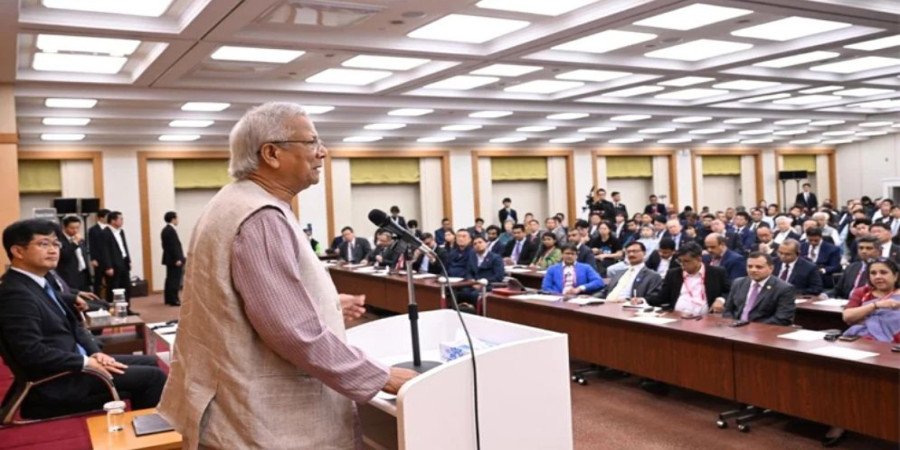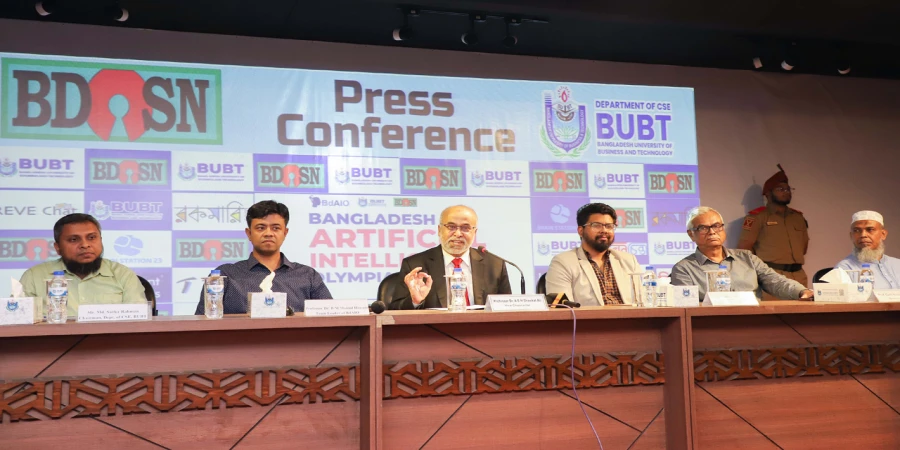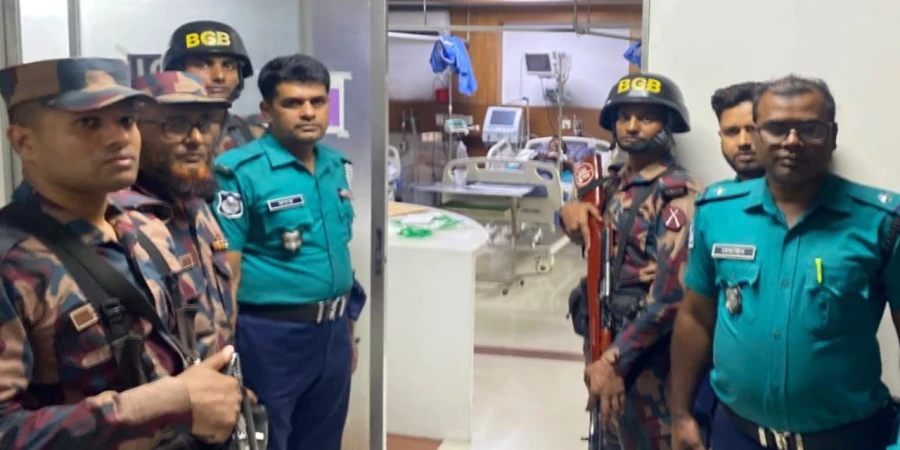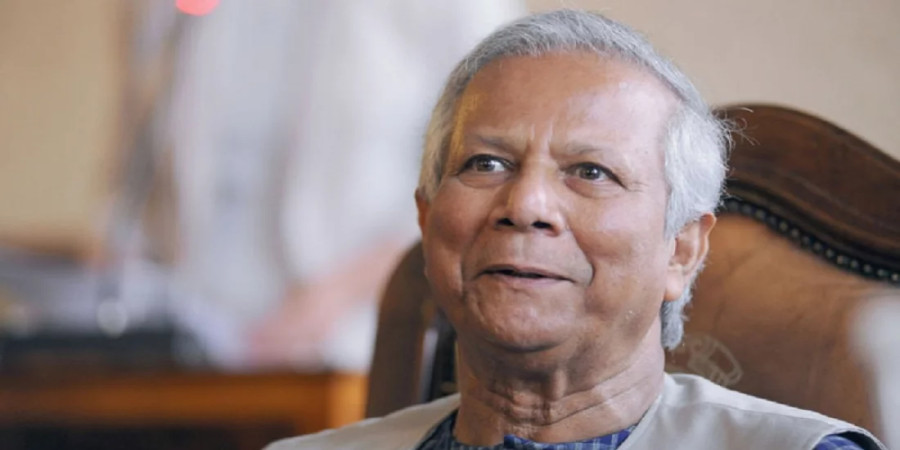
ছবি: Most of the Bangladeshi refugees have taken shelter in this Parva village.
The government of Mizoram, a state in northeastern India, is planning to relocate thousands of refugees from Bangladesh and Myanmar to a single area for better management of relief distribution and monitoring of their welfare. Over 42,000 refugees from neighboring Bangladesh, Myanmar, and the nearby state of Manipur have sought refuge in Mizoram in recent years, with more than 2,000 of them coming from Bangladesh's Chittagong Hill Tracts, especially from Bandarban, after fleeing clashes involving the Kuki Chin National Army and the Bangladesh Army.
These refugees primarily belong to the Bawm community, a Christian ethnic group, though some from the Tongtongia community have also arrived. Local residents of Mizoram believe that the refugees from Myanmar and Bangladesh are part of the same ethnic group.
Why Relocate Refugees to a Single Location?
The plan to consolidate the refugees into one location was announced by Lalmuankpuiya Punte, the political advisor to the Mizoram Chief Minister. Punte recently held a meeting with local officials to discuss the situation of over 2,000 Bangladeshi refugees in Lunglei, South Mizoram, and to strategize their relocation.
According to Punte, the main reason for the relocation is to prevent refugees from settling in various locations according to their preference. "A clear policy is needed to avoid refugees spreading out in different villages. The government is planning to move them to one place for better administration," Punte said. This will make it easier for the authorities to manage humanitarian aid, including food and other necessities.
Mizoram's Lunglei district, which borders Bangladesh and Myanmar, currently houses 6,030 refugees from Myanmar, 2,014 refugees from Bangladesh, and 84 displaced people from Manipur. The Young Mizo Association (YMA), a prominent volunteer organization, has been providing aid to these refugees. YMA leaders have expressed support for a more organized system for distributing relief materials but also stressed that the central government should offer more help.
Challenges of Relocation and Refugee Concerns
While the Mizoram government plans to move the refugees to a single location, some Bangladeshis who have sought refuge in Lunglei district have voiced concerns. One such refugee, Boilian Thangbam, who has been living in Lunglei's Parva village for two years, expressed his apprehensions about the relocation. "We live in 40 families here, and we've heard that about 300 families are coming from other villages. This could cause problems, as we are day laborers, and having more people here could increase competition for work," said Boilian, originally from the Thingdawte neighborhood of Ruma in Bandarban.
Boilian also pointed out that the promised food supplies from the government have not yet arrived. However, officials from Mizoram's food department have clarified that food rations from the Food Corporation of India have already been distributed to the district centers, and the government is working to address shortages.
The YMA has echoed these concerns and urged the central government to increase food supplies and provide further assistance for the refugees' rehabilitation. YMA president Lalmachuana emphasized that Mizoram has been providing aid to these refugees for years, treating them as members of the same ethnic community. "These people are our brothers and sisters, and it is our responsibility to take care of them from a humanitarian perspective," he said.
However, the organization also expressed concerns about the potential problems arising from relocating the refugees to a single area. "There will be costs involved in the relocation process, and the question is who will bear these costs?" Lalmachuana added. "Moreover, many of these refugees have relatives in the areas where they are currently staying, and moving them to a new location might lead to social issues, as they will be separated from their families."
Uncertainty Around the Relocation Timeline
Although the Mizoram government has proposed the relocation, it has not yet provided a clear timeline for when this will happen. For refugees like Boilian Thangbam, it is clear that they will not be returning to their homes in Bangladesh or Myanmar any time soon. "We can’t go back to our own villages in Bangladesh. We don’t know when we will be able to return, but it is certain that our future remains uncertain," Boilian added.
The government’s plan to relocate the refugees highlights the ongoing humanitarian challenge posed by the influx of refugees from neighboring countries. While Mizoram's local authorities and volunteer organizations are doing their best to provide for the refugees' needs, the state and central governments will have to coordinate closely to ensure that the relocation is done in a way that is both humane and sustainable.
The Mizoram government's decision to relocate the refugees to a central location reflects the growing need for organized relief efforts, especially as the number of displaced people continues to rise. Whether the government can manage the relocation process smoothly and address the concerns of the refugees will depend on continued cooperation between local, state, and central authorities.
repoter






